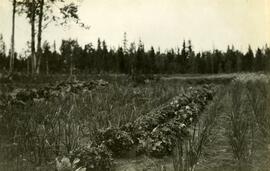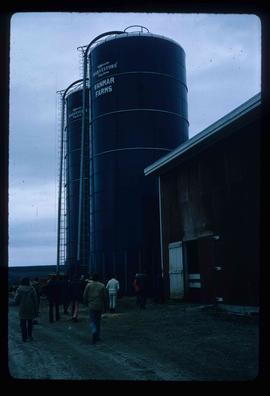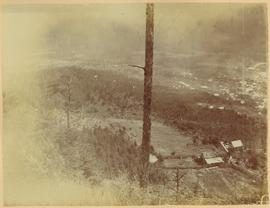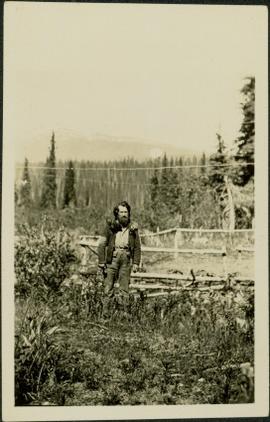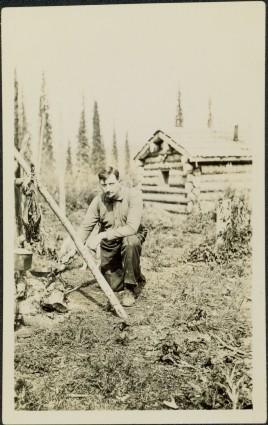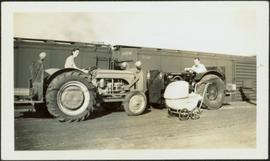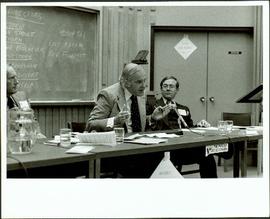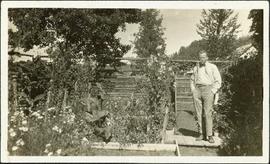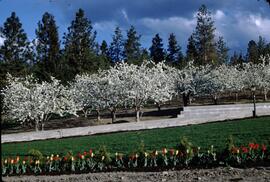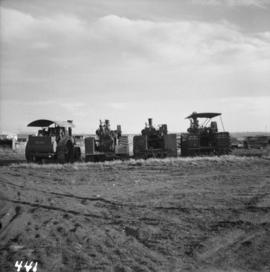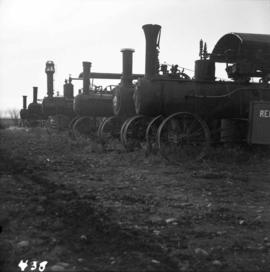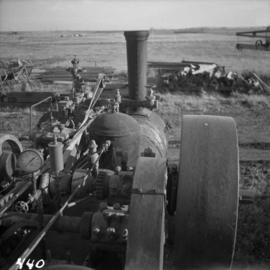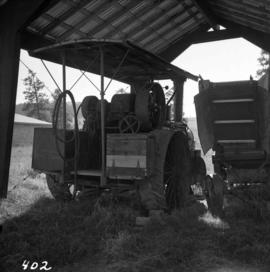Optical disc holds a full CD version of the "www.BCRock.com" website. From the home page on the disc:
"In the Central Coast Regional District of British Columbia, near the town of Bella Coola, No Cents Holdings and Arthon Construction initiated a Federal and Provincial Environmental Assessment for the purposes of permitting a rock quarry, an expansion to an existing sand & gravel quarry and a marine loading facility.
Exclusive to the CD Version ..... A Quicktime movie Greening the Gravel
Also, some bonus information related to the project and activities.
We are pleased to report in a press release dated May 9, 2001, that the companies have entered into an agreement with Polaris Minerals Corporation that gives Polaris the right to become a joint venture partner in the Bella Coola Aggregates Project.
Nuxalk Nation General Election - Results from Wednesday, Mar. 7, 2001
Congratulations to Chief Anfinn Charles Siwallace and the new councillors .... M O R E
Three public Open Houses
have been held in the Bella Coola valley.
This site went live on October 12, 2000 and will remain a work in progress.
Here you may find reports, news, project descriptions, professionals reviews, process descriptions, economic impacts, environmental reviews, archaeological reviews, geotechnical and hydrologist input, and a great many photo tours of the area."

